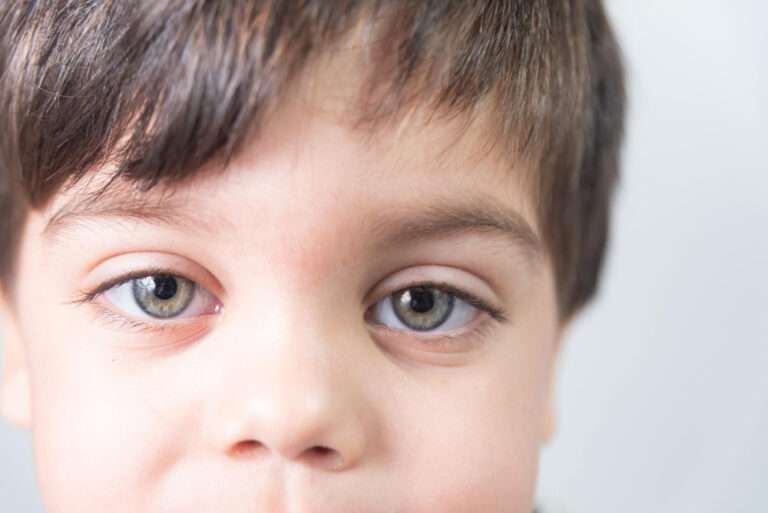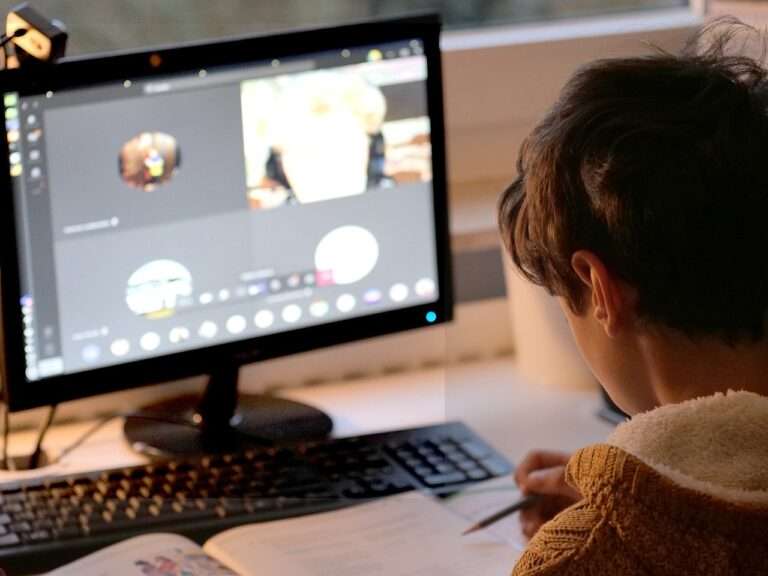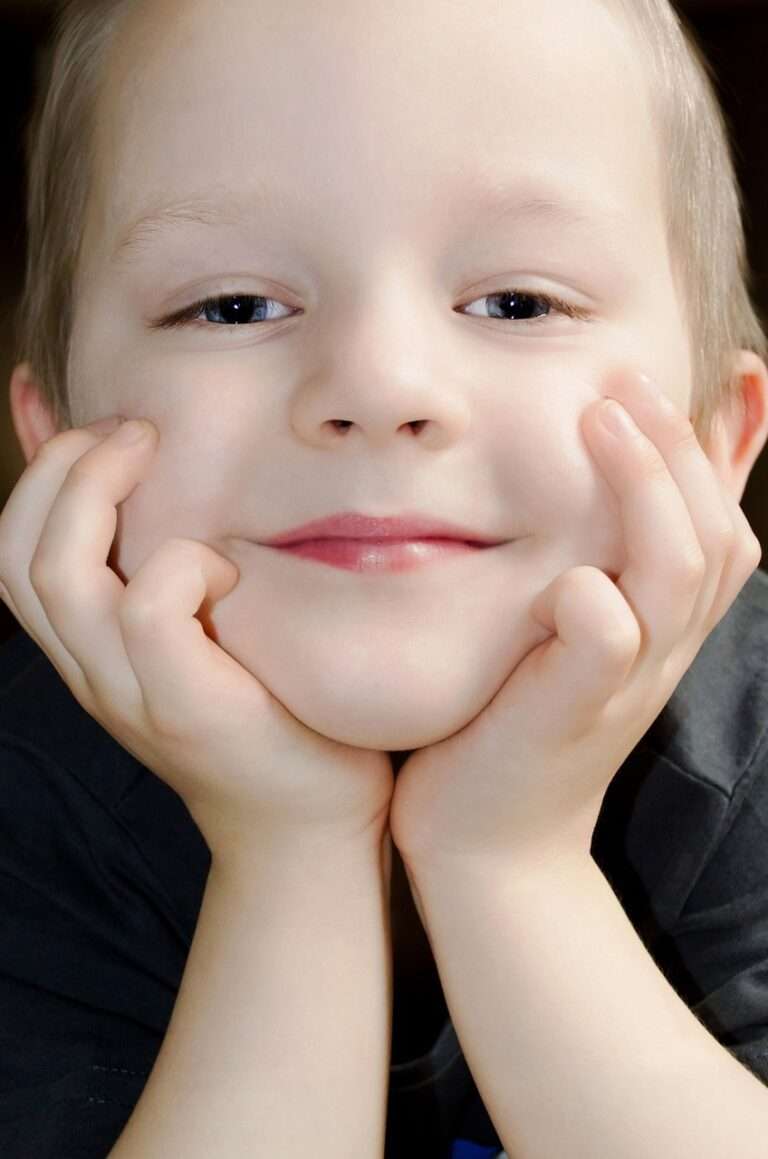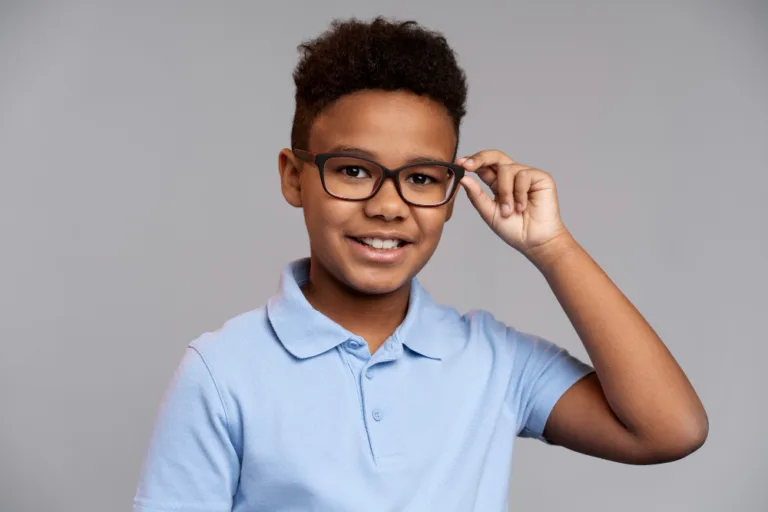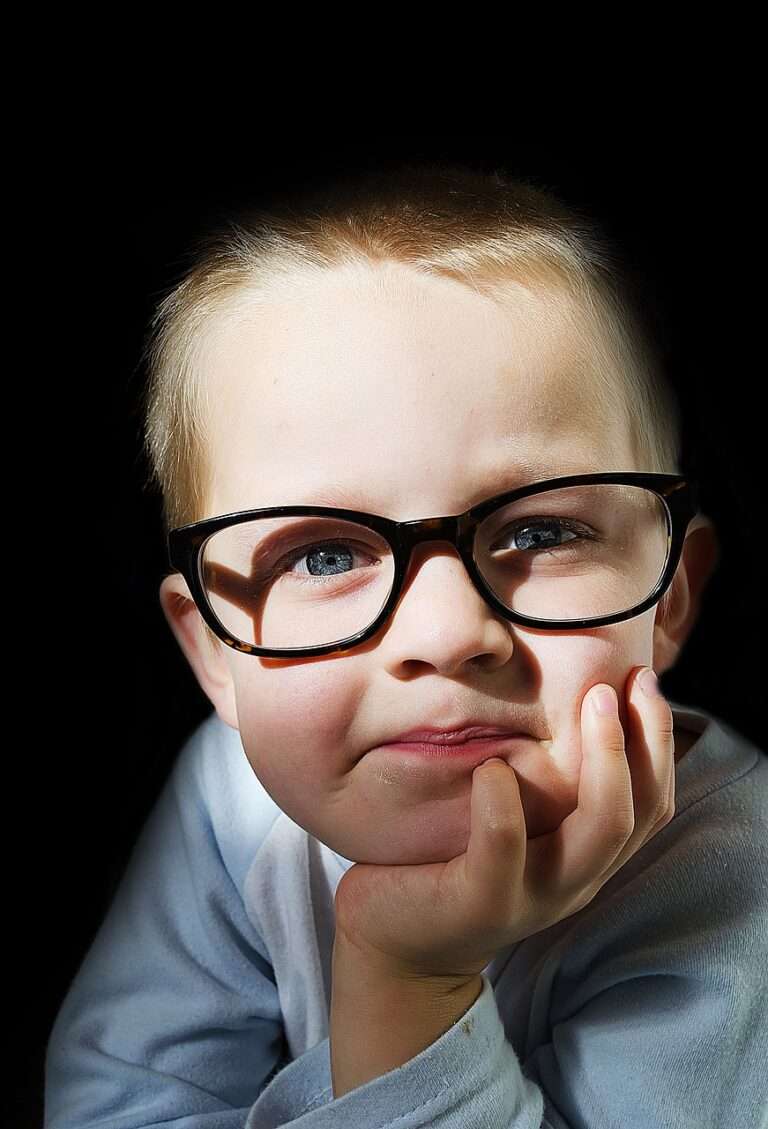Refractive errors in children
Refractive errors are common vision problems that can affect children just as they can affect adults. These errors occur when the shape of the eye or the eye’s focusing power is not ideal, causing light to be improperly focused on the retina, resulting in blurry vision. Common types of refractive errors in children include:
- Nearsightedness (Myopia): In myopia, distant objects appear blurry while close objects can be seen clearly. This condition occurs when the eyeball is too long or the cornea is too steep, causing light to focus in front of the retina instead of directly on it. Myopia often develops during childhood and tends to progress as the child grows.
- Farsightedness (Hyperopia): Hyperopia is the opposite of myopia. In hyperopia, close-up objects may appear blurry, while distant objects are seen more clearly. It occurs when the eyeball is too short or the cornea has too little curvature, causing light to focus behind the retina.
- Astigmatism: Astigmatism occurs when the cornea or lens has an irregular shape, causing light to focus unevenly on the retina. This results in distorted or blurred vision, both at close and distant distances.
- Presbyopia: While not typically a concern for children, presbyopia is a type of refractive error that affects people as they age. It is caused by a loss of flexibility in the eye’s lens, making it difficult to focus on close-up objects. It typically becomes noticeable around the age of 40.
Signs that a child may have a refractive error include:
- Frequent squinting or closing one eye to see objects clearly.
- Complaints of headaches or eye strain.
- Holding books or objects very close to the face.
- Difficulty seeing the board at school.
- Rubbing the eyes frequently.
- Blinking excessively.
If you suspect your child has a refractive error, it’s essential to schedule an eye examination with an optometrist or ophthalmologist. Early detection and correction of refractive errors are crucial to ensuring normal visual development and academic success.
Treatment options for children with refractive errors typically involve:
- Prescription Glasses or Contact Lenses: The most common treatment is the use of corrective lenses. Glasses or contact lenses can help focus light properly onto the retina, allowing for clear vision.
- Orthokeratology: This involves using specially designed contact lenses worn overnight to reshape the cornea temporarily, reducing the refractive error during the day.
- Refractive Surgery: This is typically not performed on children, as their eyes are still growing and changing. It may be considered in older teenagers or adults with stable prescriptions.
Regular eye examinations are crucial for children to monitor their vision and detect any changes in refractive errors. In some cases, myopia control strategies, such as atropine eye drops or special multifocal contact lenses, may be recommended to slow the progression of myopia in children.
Parents should prioritize their children’s eye health and seek professional advice if they suspect any vision problems. Properly corrected vision can significantly improve a child’s quality of life and overall well-being.
------------From our Sponsors------------




